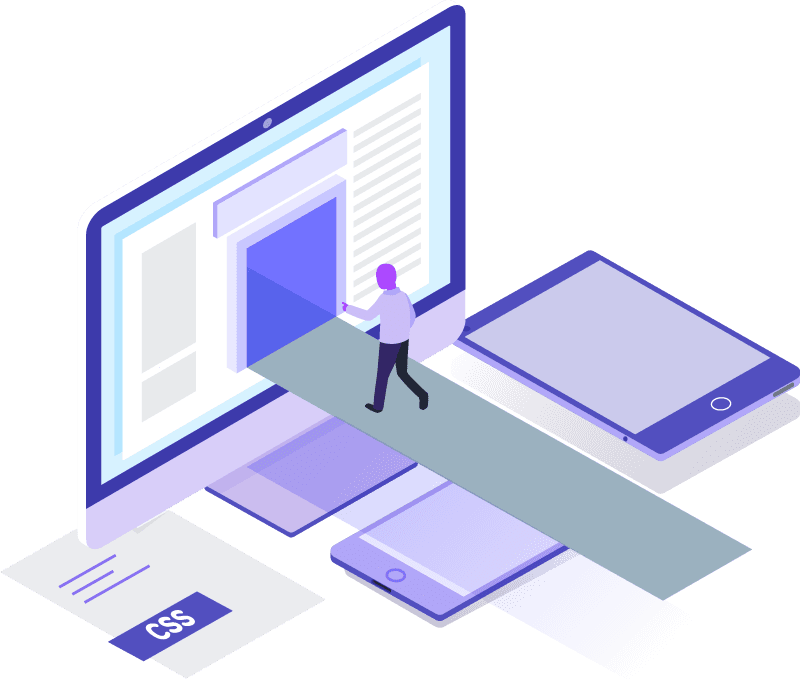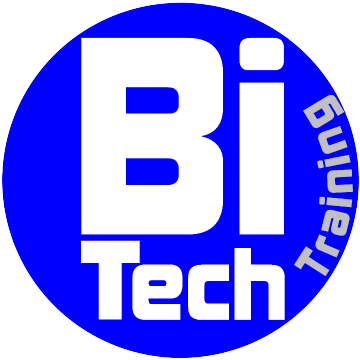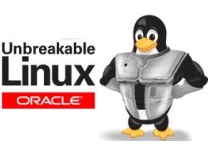Linux For IT Pros 15 hours
Linux has become the most popular Operating System used in server, desktop, and mobile computing. Linux is frequently used in virtualization and cloud-based applications because the platform is low-cost, open-source, and flexible. As a result, many organizations are making the switch to Linux. Linux platform is the first choice to host Database, Email, Applications, and Web. Most of the mega companies of the world are running on Linux- be it Google, Facebook, Wikipedia, Yahoo, Amazon, and the list never ends. The popularity of Linux among individuals as well as company guarantee a promising career in Linux.

Learn Linux in 15 Hours and Level Up Your DBA Career
Course Description
A practical and hands-on introduction to the Linux operating system, this workshop is perfectly suited for administrators, developers, power-users planning to use Linux in their environment or for those beginners, or those who want to study applications or Databases that run on Linux. The workshop will also be very handy for decision-makers evaluating Linux for their IT infrastructure. The main objective of the training is to equip you with the knowledge and skills to feel comfortable operating and maintaining Linux systems. This course would get participants prepared to quickly jump into the CompTIA Linux+ certification course.
The labs and concepts are independent of a particular distribution of Linux and apply to other flavors of UNIX as well. We use recent Linux distributions for all labs.
Prerequisites:
No familiarity with Linux or other UNIX operating systems is expected or required.
This fifteen-hours long hands-on course for busy professionals assumes little to no understanding of UNIX. Having a working knowledge of any computer system, e.g. a Windows-based PC, would suffice. Most of all you will need motivation to aggressively learn, while having fun, during the class. If you have any questions about the difficulty level of the class, please contact us.
The course includes:
Overview and Introduction to Linux
- Linux and Open-Source Software
- Top issues to consider when migrating to Linux
- Getting Access to a Linux System
- Installing VirtualBox on Windows and Mac
- Installing Linux Using an Image for VirtualBox
Linux Desktop Environment
- Getting around a Linux system
- Introduction to the X graphical system
- Linux Applications overview
Linux command line and editing
- Linux commands
- UNIX Command Line
- Fundamental concepts and most important commands
- Text editing – UNIX style (Vi, Nano, and Emacs Editors)
- Text processing
Linux File Management
- Basics of managing files and directories
- File attributes – ownership, groups, permissions
- Symbolic Links
umask chattr - Disk
quotas - Finding Files and Directories
Effective use of the Linux Shell
- Using the shell
- Basics of putting commands together
- Power shell use
Shell Scripting
- Writing Shell Scripts
- Overview of bash scripting language
- Making useful scripts for power Linux use
Networking
- Fundamentals of Linux networking
- Concepts of an IP based network
- Connecting the laptops to the local area network
Notes will be provided in Class.
What is Oracle Linux?
Oracle Linux is a Linux distribution packaged and freely distributed by Oracle, available partially under the GNU General Public License since late 2006.
Oracle Linux, like CentOS and Scientific Linux, is a binary clone of the Red Hat Enterprise Linux (RHEL) distribution. In this relationship, Red Hat is known as the upstream vendor. What does this mean? These groups download the RHEL source code, remove trademarks, compile it, create a distribution and allow you to downloads and use it for free. This is perfectly legal because the software that makes up this Linux distribution is covered by an assortment of open source software licenses, including GPL. Indeed, without these open source software licenses, RHEL would not exist as it is the reason Red Hat can legally create their distribution since they are not the originators of all of this code.
How much does Oracle Linux cost?
- Download the ISO images of the binary distribution (https://edelivery.oracle.com/linux). They are also available from mirror sites.
- Download and apply bug fixes (errata) to your installations (https://public-yum.oracle.com).
Cho MA
Instructor
Mr. Cho has been tutoring Oracle and Linux for over twenty years and so understands the essentials of Linux that a DBA must master to be effective at their responsibilities.


